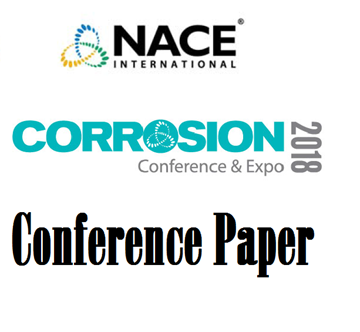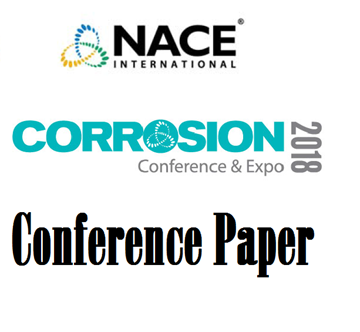Search
51318-10545-SEARCHING FOR IRON SULFIDE SCALE DISSOLVER FOR DOWNHOLE APPLICATIONS
Also Purchased
51318-10534-The Application of Solid Scale Inhibitor in Deepwater Completion to Reduce Well Intervention Costs
Product Number:
51318-10534-SG
Publication Date:
2018
$20.00
51318-10535-Corrosion of Fire Sprinkler Piping in Untreated Pond Water under Nitrogen
Product Number:
51318-10535-SG
Publication Date:
2018
$20.00
51318-10546-CALCIUM CARBONATE SCALE INHIBITION: EFFECTS OF EOR CHEMICALS
Product Number:
51318-10546-SG
Publication Date:
2018
$20.00




